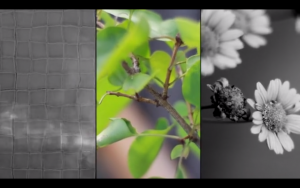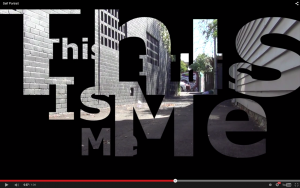Personally, when I am working I sometimes get so caught up in what I’m creating that I forget that others will eventually see and (hopefully) enjoy my work. In my final two years of school particularly, I learnt the importance of keeping the audience at the forefront. At the end of the day, my ideas and intentions for my work mean nothing if I fail to clearly convey that to the receiver, or “audience”.
Who cares about audiences?
- Advertisers
- Commercial broadcasters, cable networks, etc.
- Government policy makers – licensing accountability, censorship
- Social scientists/psychologists, cultural theorists/media scholars – how media affects people in their daily lives
The target audience may completely change the content, the medium and the platforms used by advertising companies to sell a product.
Changing conceptions of audiences and consumers:
- Broadcast to post-broadcast age
- Characteristics of a post-broadcast era – changes in aesthetic sensibilities, audience practices, television institutions, technologies of production, distribution and consumption (and how to use them)
- Rise in network culture
- How we consume media – all around us, inescapable in the modern world
- From citizens to consumers
“There are in fact no masses; there are only ways of seeing people as masses… a way of seeing people which has become characteristic of our kind of society… [a way of seeing that] has been capitalised for the purse of cultural or political exploitation.”
We need to be conscious of how we position ourselves – cannot simply say, “I am better than you” because we all fall under the category of “the masses”.
Theorising the ‘active audience’:
- Audience’s intelligence recognised by creators
- Fans and engagement – they contribute in some way
- Binge-watching television shows (becomes an obsession)
- Creation of fandoms – keep up with every action of a particular person/band
- Giving yourself over to the text by immersing yourself in another world and forming connections with characters
- Stuart Hall’s encoding/decoding model (1980)
- Communication is a gamble
- Make short film – code mise en scene, characters etc. hoping audience will understand meaning – hoping they will interpret the same way as it was intended
- Audience has to recognise, make sense of (by assembling) – happens subconsciously
Interpellation: the process by which individuals/readers are “hailed” (prompted by a text to recognise themselves as being a subject that belongs in a role) – Louis Althusser
Components of the Broadcast ratings convention
- Exposure is the key element – how many people see an advertisement (challenge)
- Can’t measure engagement after seeing advertising (limitation)
- Accuracy of measuring – intensified in recent years but this is not a new issue (challenge)
Taste
- “We are seduced by our own preferences; our likes and dislikes”
- Different people like and dislike different things – broad range
- Not inherent (not born with taste) – it is a result of what we grow up with
Without an audience, a work cannot be recognised and will not spark the action it intends to. Research into a target audience is also increasingly important, as we now live in such a world that the consumer decides what they want and companies deliver, as opposed to the other way around.

